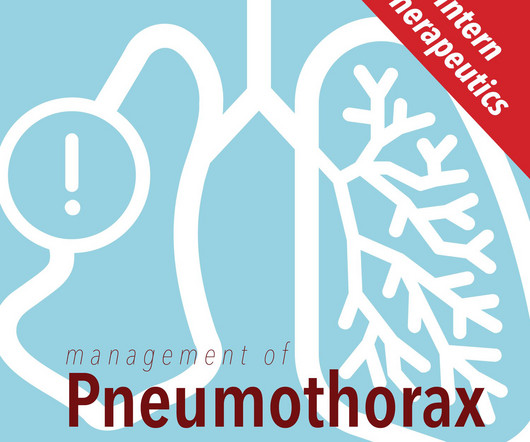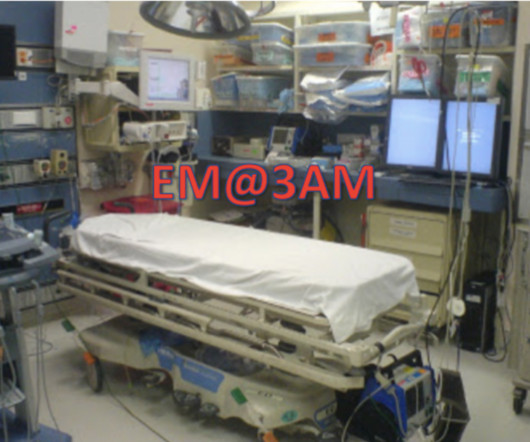Valvular Emergencies
EB Medicine
AUGUST 6, 2022
In this episode, Sam Ashoo, MD interviews Adam Sigal, MD and Stephanie Costa, MD - the authors of the August 2022 EMP article on Managing Acute Cardiac Valvular Emergencies in the Emergency Department. Listen to the discussion to hear more about the emergency medicine approach to valvular emergencies.
















Let's personalize your content